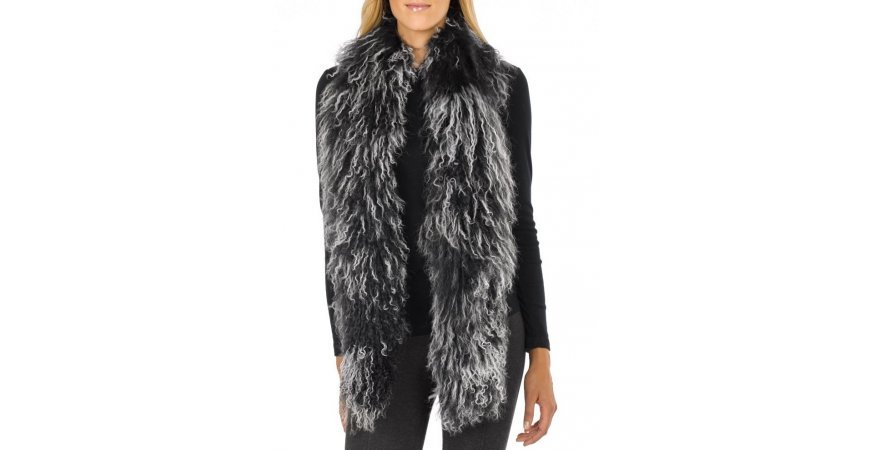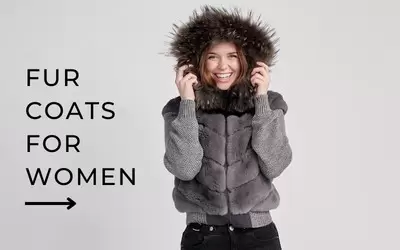Fur terminology you should know
by
Love3
When you’re shopping for a new fur garment or doing your research online you may run into some terminology that you’re unfamiliar with. Here is a list of terms we’ve compiled that may help when it comes to researching and purchasing the perfect piece of fur:
Brightener added
- Fur luster and color can be enhanced using customized treatments
Dyeing
- There are endless possibilities when it comes to fur color
- Furs come in a wide range of natural colors but can also be dyed in many vibrant and beautiful hues
- Dyeing can be used to fix any imperfections within the furs natural tones and can help improve uniformity
- Sometimes the pelt is bleached white before it is dyed
Fur Layers: Underfur and Guard hairs
- Guard hair is the long, shiny hairs that are there to protect the underfur
- The underfur is extremely soft and what provides warmth and insulation
- Underfur is located beneath the guard hairs, close to the hide
Knitted Fur
- Knitted fur is a specific design method used for garments and decor
- It is created by using narrow strips of fur combined with silk or cotton yarn
- Knitted fur garments are often lighter
Leathering
- Strips of fur are alternated with leather, ribbon or cloth for a unique effect and lighter piece
Letting Out
- Cutting the pelt into diagonal strips and then re-sewing it, which allows for one to make the pelt longer and narrower
- The outcome is a supple and smooth flowing pelt
- Also referred to as “dropping out”
Mutation
- Natural furs of unique colors that are produced due to selective breeding
Plucking
- Guard hair is selectively plucked to emphasize the velvet underhair of the fur
Sculptured
- This technique is comprised of many small detailed pieces of sheared mink to give a garment the beautiful and ever-popular sculptured look
Sheared
- This technique is used to trim fur to a short pile, sometimes as low as 5 mm
- Used to reduce bulkiness and weight or to create intricate patterns in the fur.
Shearling
- Natural lamb pelts tanned with the wool in tact
- The leather side can be tanned a suede or napa finish
Skin-on-Skin
- Rectangular pelts that are sewn together to create a box effect
- This is an alternative to the letting out process.
Special Effects
- Fur has become increasingly popular and designers are exploring the infinite possibilities when it comes producing garments
- Fur can be treated with the same creativity as fabric
- Fur can be draped, beaded, embroidered, laser cut, stenciled, embroidered and fringed
Tip-Dyeing
- Dye is applied only to the tip of the guard hairs to produce a two-tone look
- Also known as “blending”
Underfur
- This is the layer of the fur that acts as insulation and provides warmth
- The underhair is located beneath the guard hairs.









.webp)